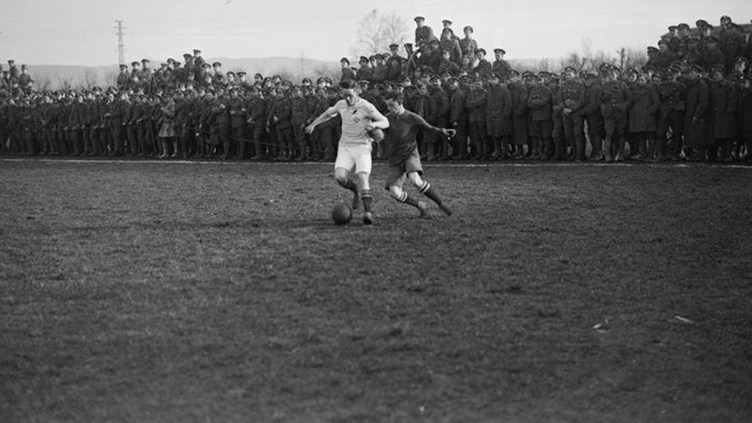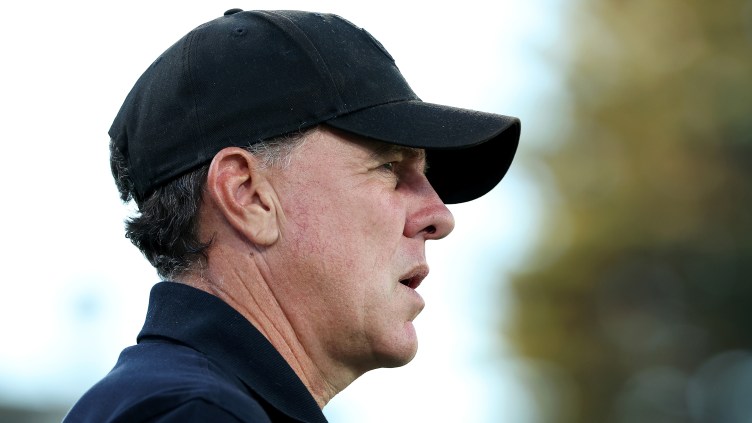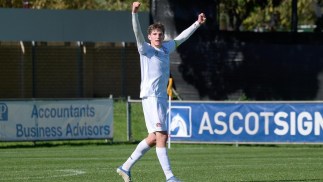This weekend’s Remembrance Round will again turn the spotlight upon the connections between football and the armed services.
The events of World War One have come into a particularly sharp focus since the one hundredth anniversary of its commencement in 2014 and given the role Australians and New Zealanders played during that conflict in the combined ANZAC forces, it seems fitting that Glory will be in Wellington to share the commemoration on Sunday.
But what was the impact of both world wars upon football here in Western Australia?
WA’s preeminent football historian, Richard Kreider, takes up the story.
“Prior to the Great War, football in the West was enjoying a growth in popularity, albeit with an Anglo-centric controlling body. Sadly, however, it all came crumbling down when Western Australia responded to ‘the Call’ from 1914.
“Over 32,000 (19%) of the WA male population enlisted in the Australian Imperial Force – the one genuine voluntary unit of all Australia’s forces – destined for front line action.
In total, nearly 40% of Western Australian men aged between 18 and 44 had volunteered, enlisted and served in the so-called war to end all wars. And over 400 of these had direct involvement in local football at one point or another.
“By the end of hostilities in 1918, of the 417,000 Australians that enlisted nationally, 58,000 had been killed, while over 150,000 were either injured, gassed or suffered some form of war-related illness.
“Western Australia alone saw 6,000 lives lost and nearly 16,000 wounded.
“The war had taken a generation of men away from their homeland and it would take years for the pain to disappear, with sport playing a major role in the recuperation of the fortunate ones that returned.
“The Second World War (1939-45), meanwhile, was the largest armed conflict in history.
“It spanned the entire world and involved more countries than any other war. When the fighting stopped, large numbers of people had been displaced, many of whom subsequently landed in Australia.
“Italians, Greeks, Dutch and those from the various regions of Yugoslavia arrived to start a new, conflict-free life and a social club with a football team attached was a popular and successful way of aiding their settlement.
“The teams created by these settlers changed the face of local football, with many rivalries and strongly-held allegiances adding vibrancy to the game.
“A new era had begun.”
Richard was also good enough to provide the World War One picture used in this article (courtesy of the Imperial War Museum) which shows action from the 1918 contest between the the 1/7th Battalion Worcestershire Regiment and 1/7th Battalion Royal Warwickshire Regiment for the 48th Fanshawe Cup, with the game being played on the front in Trissino, Italy.
(Image: IWM:Q26358)
Among other books,he is the author of ‘Paddocks to Pitches’, the definitive history of football in WA.
On behalf of Perth Glory Football Club, we would like to acknowledge our debt of gratitude to all those men and women who have served, and continue to serve, the country both at home and overseas.
Lest We Forget.
#CREATEDESTINY




